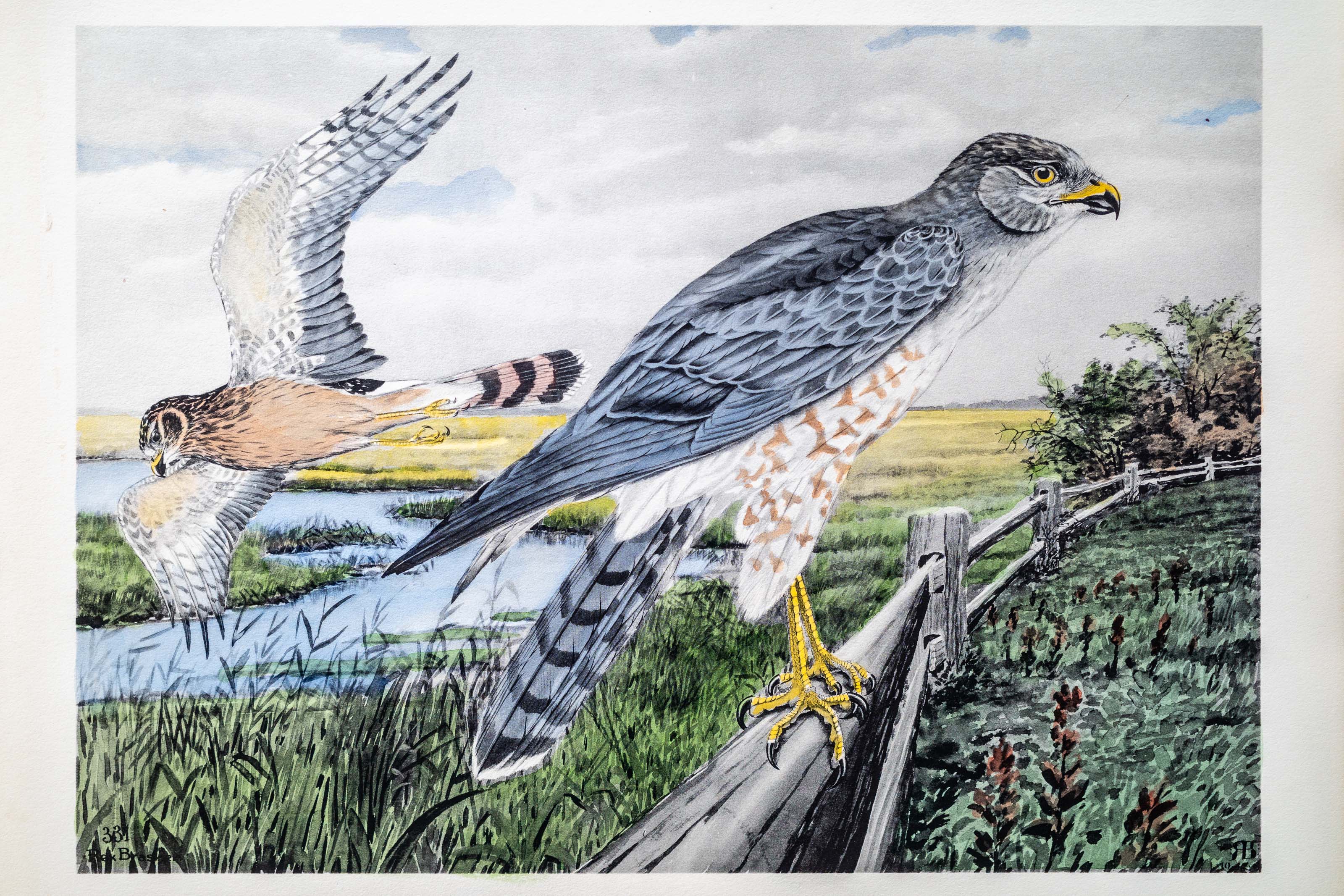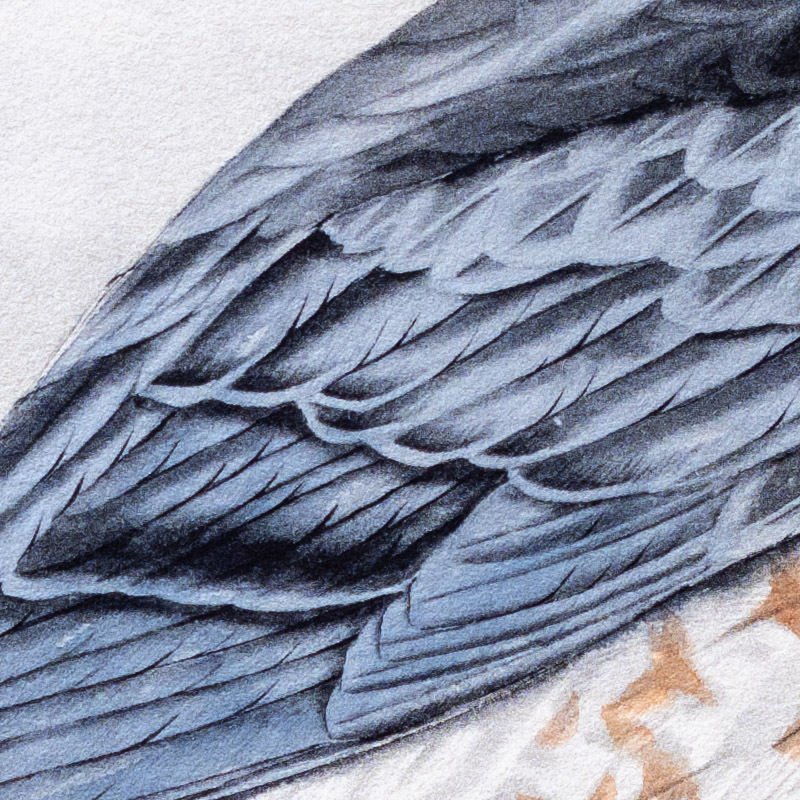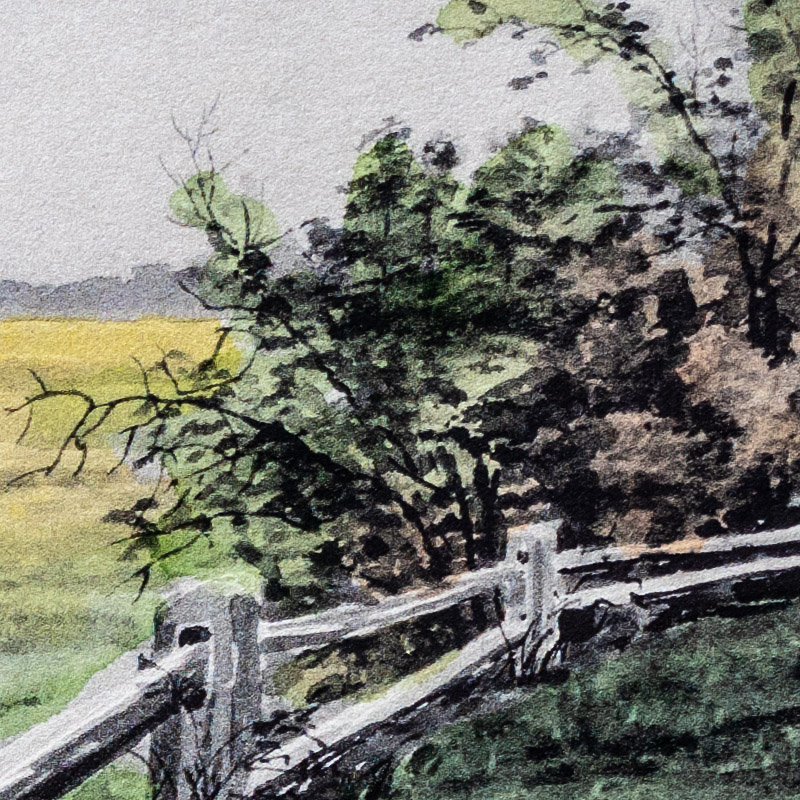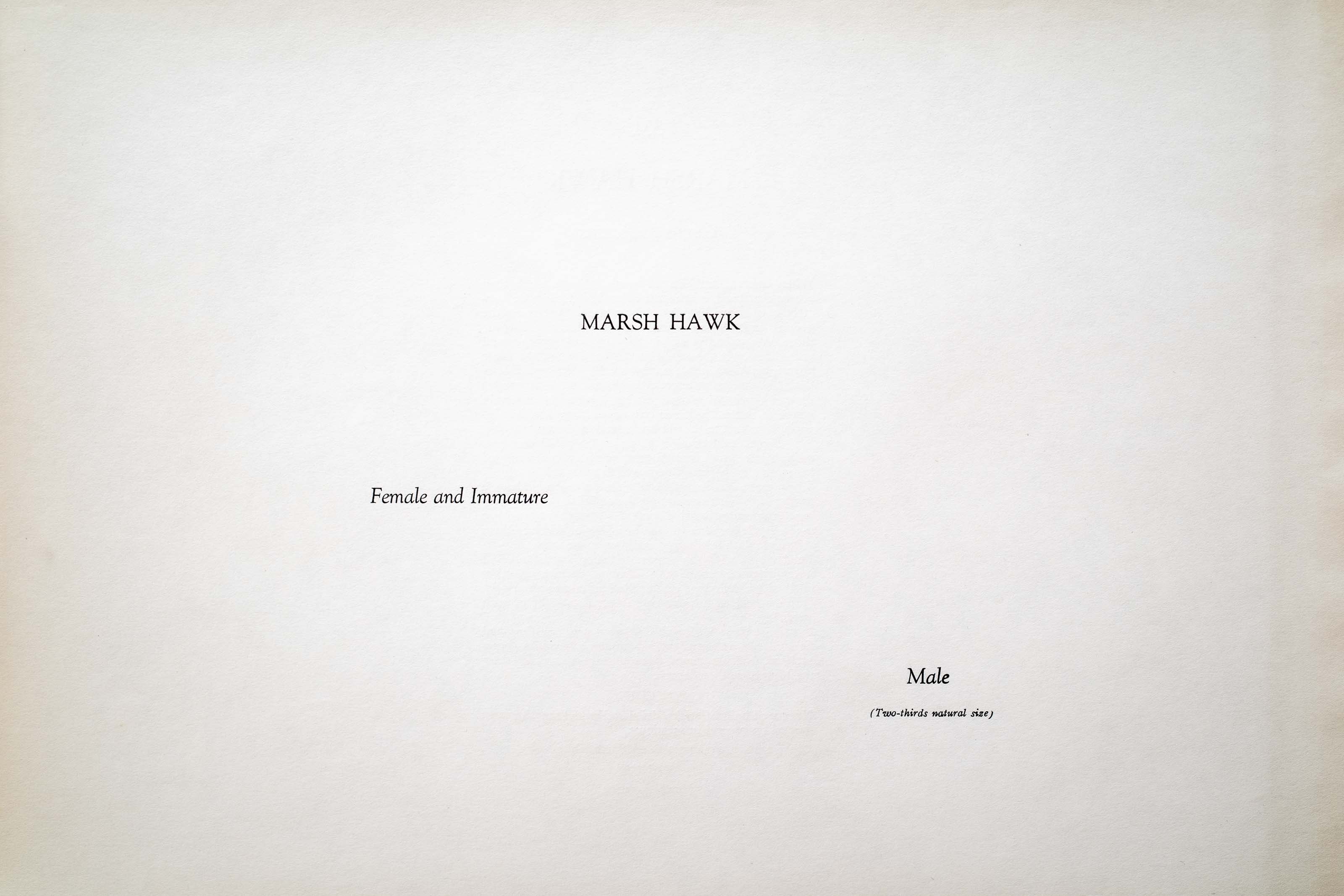






Unknown
1930
5
331
A team of dedicated board members, volunteers, and student interns has published every page in Volume 9. This volume includes 360 images of paintings and lyrical descriptions of birds, now available online for everyone to enjoy anywhere in the world. This is a monumental task. Each volume requires approximately 400 hours to photograph, edit, transcribe, catalog, and publish online. We need your support to complete this work.
If you're tech-savvy, have a good eye, are meticulous with details, and love structured data, please consider volunteering by emailing us at hello@rexbrasher.org.
We encourage all bird lovers and supporters to consider a monetary donation to support our mission to make Rex's work available for everyone. You can provide a one-time or recurring donation online.
When emerald nubbins of wild cabbage push thru brown April soil, a lithe ash colored bird glides deliberately over ochre hillocks of bog grass, quartering the ground carefully as a well-trained pointer. Two or three days later the umber brown female appears and goes directly to the site of last year's nest, the male hovering above while she inspects the premises. Sometimes she decides at once; other years they both wander up and down for a week or so, apparently uncertain where to settle. This is only camouflage for they invariably return to the old homestead and start repairs.
The male interludes the task with aerial courtesy, swinging in great semi-circles; pauses at the crest of his sweep, drops with falcon speed, turns tail overhead, drops again, somersaults and rises vertically under the northwind's push — repeating the ambitious ecstasy perhaps a dozen successive times! Some sweeps are made in silence save for the swishing of wings: others terminate with a hilarious ca-ca-ca-ca-ca-ca-er.
Food varies with the season and local conditions. I never detected our MARSH HAWKS striking at other birds altho Redwings often "bluffed" above them — the Harrier paid no attention whatever to attacks of such small fry.
A pair of these birds will destroy nearly one thousand field mice in a season and save many a tree in a young orchard. Enlightened farmers are according them the protection they deserve.
NEST: well built of sticks, dried stalks and marsh grass; located on ground in meadows.
EGGS: 4 to 8; pale greenish or bluish white.
North America.